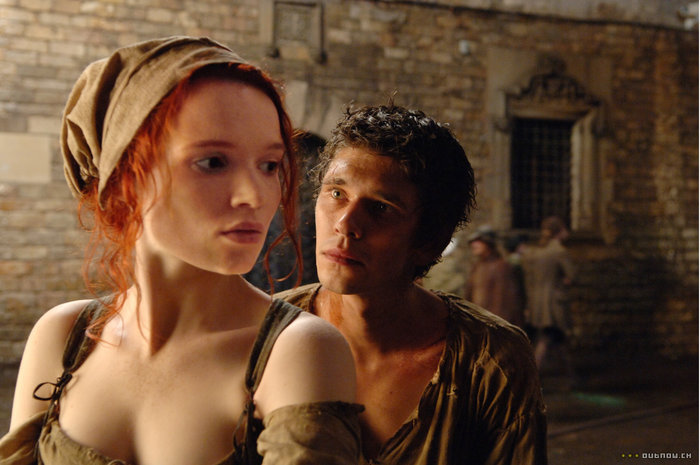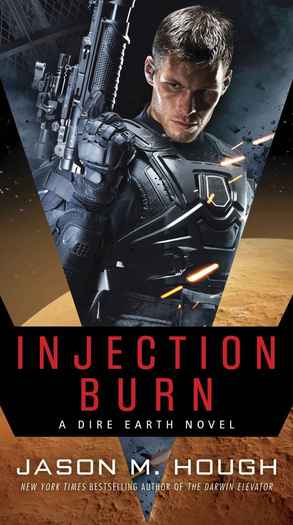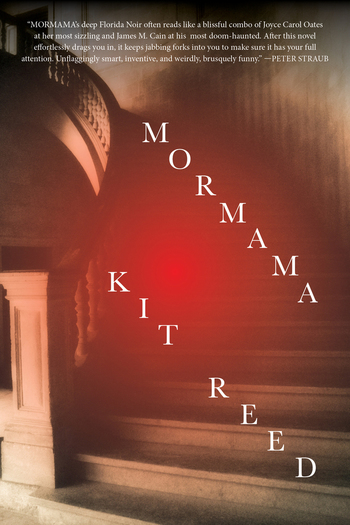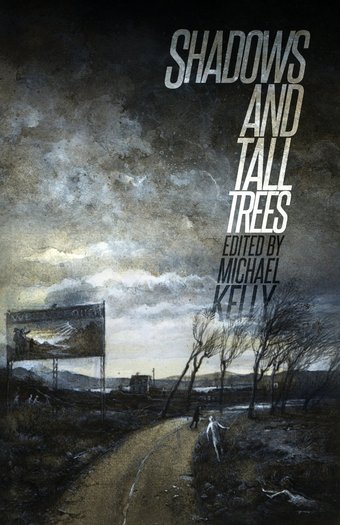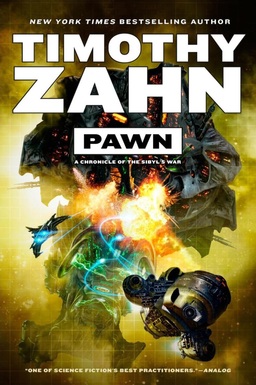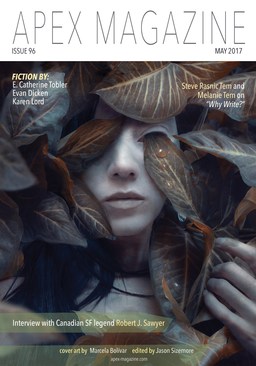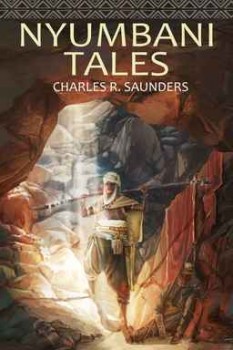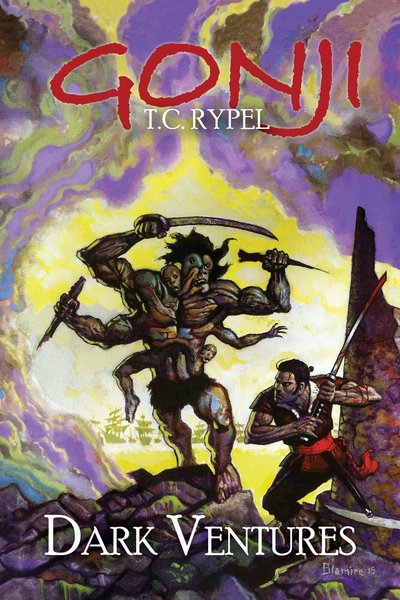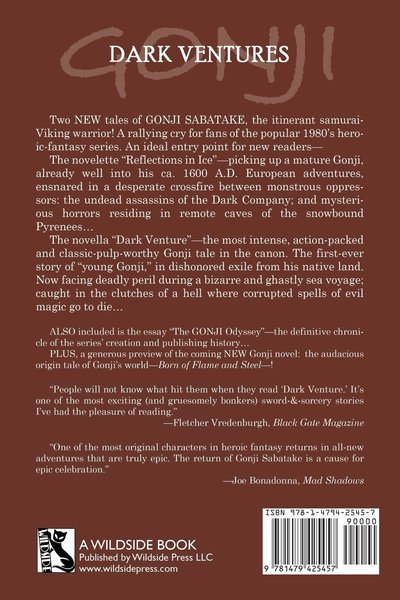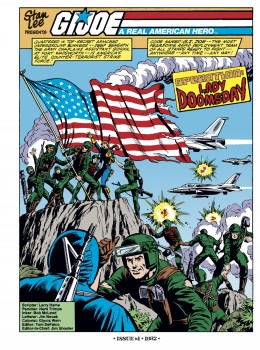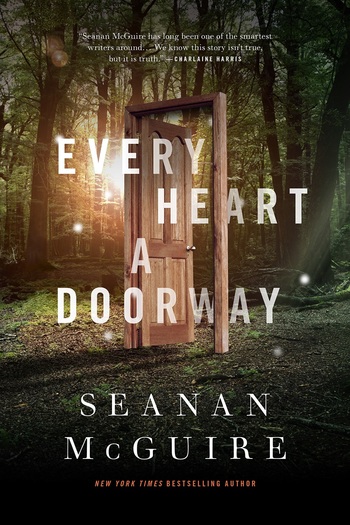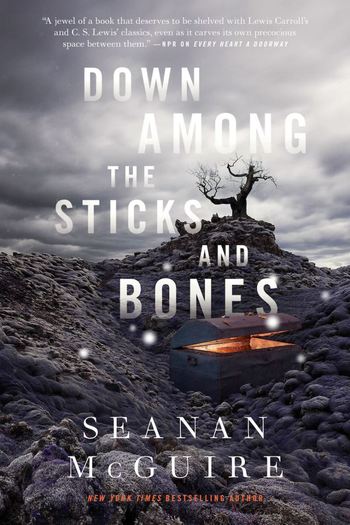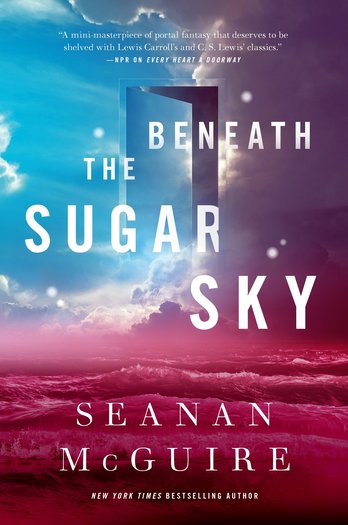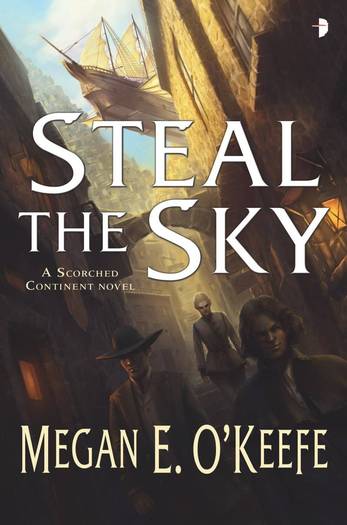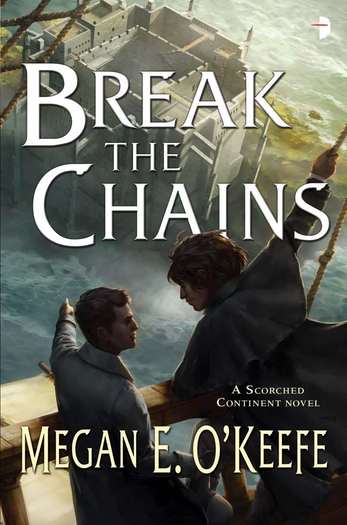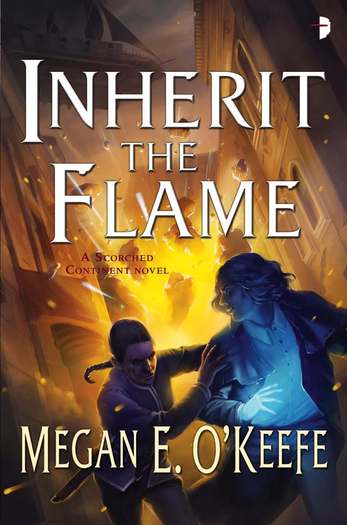In Defense of an Abominable Personage: Perfume: The Story of a Murderer by Patrick Suskind
Perfume: The Story of a Murderer (Constantin Film, 2006)
When someone tells you to pick a favorite book, and you’re the type of person who reads with a gnawing ache for a good story, selecting just one can prove daunting. Not so for yours truly.
One day my mom, out of the profound goodness of her heart, surprised me with a spontaneous visit to Half Price Books. There she gave me the gift of Perfume: the Story of a Murderer by Patrick Suskind. I fell in love with it the way you fall for the love of your life; a part of me that had hitherto hidden from my reach sewed itself into the fabric of my heart.
I wasn’t accustomed to reading books in which the implied Devil’s spawn lures you through the pages. Jean-Baptiste Grenouille, the anchor of the novel, has the misfortune of assuming this role due to his absence of a human scent. He thus embarks on a treacherously erotic quest for the perfect odor that can disguise him as an ordinary person.
